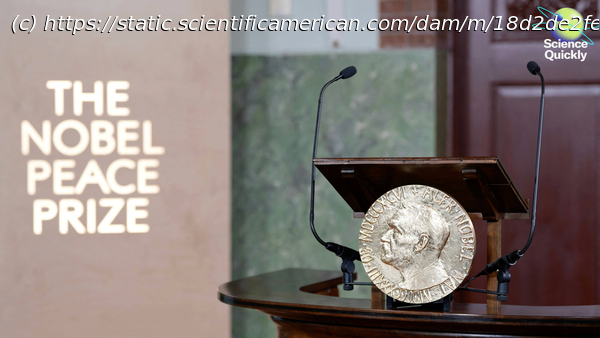The CDC updates COVID vaccine guidance and stirs controversy over childhood immunizations. And global health experts warn of rising child malnutrition in Gaza.
Rachel Feltman: Happy Monday, listeners! For Scientific American’s Science Quickly, I’m Rachel Feltman. You’re listening to our weekly science news roundup.
First, let’s take a quick tour through last week’s Nobel Prize winners. Last Monday the 2025 Nobel Prize in Physiology or Medicine went to Mary E. Brunkow, Fred Ramsdell and Shimon Sakaguchi for discovering how the body stops the immune system from attacking itself.
The immune system normally fights off infections and diseases. But in conditions like rheumatoid arthritis or type 1 diabetes it mistakenly targets the body’s own tissues. The laureates’ research focuses on the type of so-called T cells that act as internal regulators, keeping this friendly fire in check.On supporting science journalism
If you’re enjoying this article, consider supporting our award-winning journalism by subscribing. By purchasing a subscription you are helping to ensure the future of impactful stories about the discoveries and ideas shaping our world today.
During the 1990s Sakaguchi found that mouse immune cells bearing a particular protein marker were essential for preventing self-attack. Eliminating these cells led to widespread tissue damage. Several years later Brunkow and Ramsdell identified the genetic switch behind these regulatory cells while studying mice with severe autoimmune disorders.
Their findings have inspired more than 200 clinical trials exploring therapies that include new ways to treat autoimmune conditions and improve organ-transplant success.
Rather delightfully, laureate Fred Ramsdell made headlines for missing the Nobel Assembly’s call thanks to an off-the-grid camping trip. When his wife turned on her phone and shrieked about the news, according to Reuters, the awardee thought she’d spotted a grizzly bear.
The Nobel Prize in Physics, awarded last Tuesday, honored John Clarke, Michel H. Devoret and John M. Martinis for proving that quantum effects can happen at much larger scales than previously expected.
Quantum tunneling happens when particles pass straight through barriers it doesn’t seem like they should be able to pass through. This was first discovered at microscopic scales. But in experiments at the University of California, Berkeley, back in the 1980s, the laureates demonstrated quantum tunneling in circuits “big enough to be held in the hand,” according to the Nobel Assembly.






